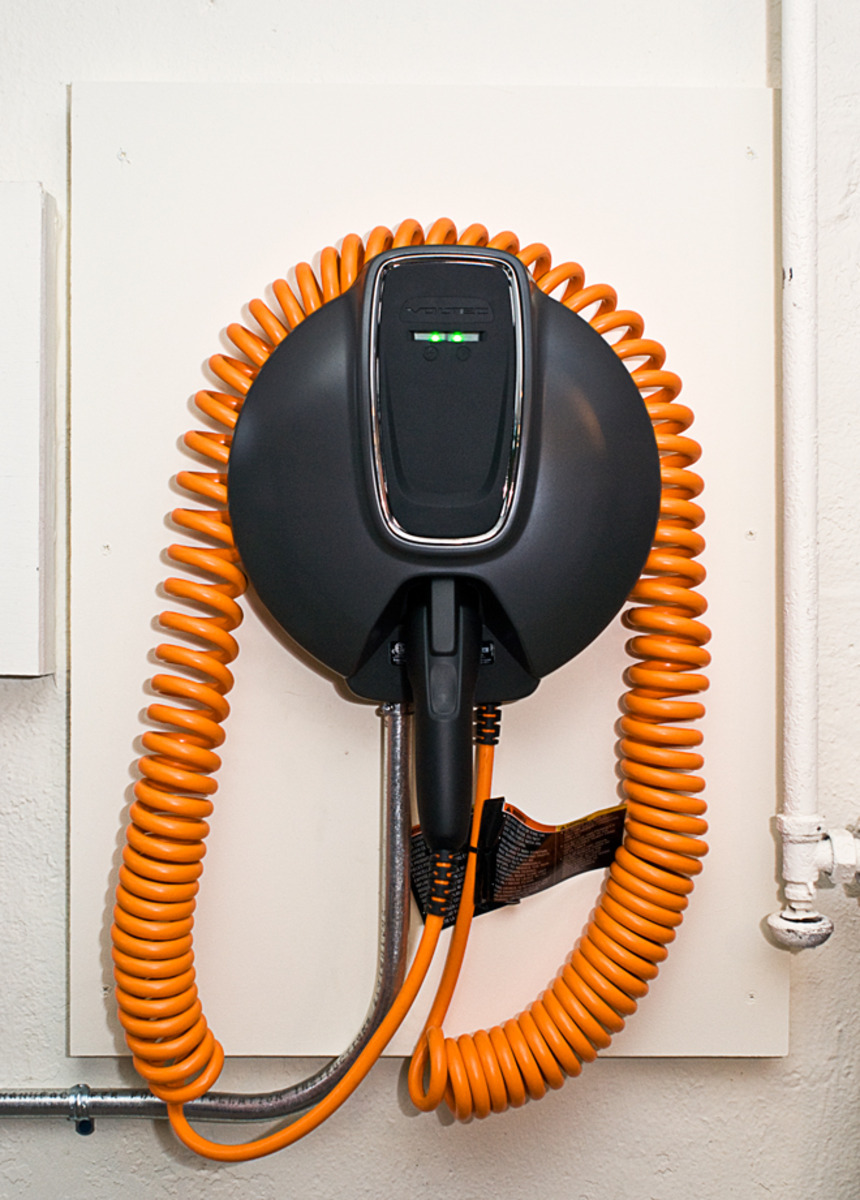While many car buyers today are interested in making the switch from gasoline to plug-in cars, they often worry that they have nowhere to charge it at night.
That worry can lead to consumers ignoring plug-in options, but a new study from the U.S. Energy Information Administration (via GreenTechMedia) has proven that nearly half of all U.S. car-owning households park their car within 20 feet of an electrical outlet.
Detached houses, not apartments
As you might expect, single-family detached homes fared best in the recent Residential Energy Consumption Survey, with 60 percent of detached homes offering some form of electrical outlet within 20 feet of car parking space.
Also unsurprisingly, apartments fared the worst, with only 14 percent of car owners in apartment complexes identifying somewhere to plug-in less than 20 feet away from where they parked.
Location, location, location
Interestingly, the likelihood of having a home with an electric charging station within 20 feet of its parking space changes according to where in the U.S. you live.
The study discovered that single-family homes in the Midwest region displayed the greatest potential for supporting electric vehicle charging, with over 60 percent of homes having a power source near to any designated parking space.
Conversely, homes in the northeast, even detached single-family homes, were more likely to not have power within 20 feet of any car parking.
Why?
2011 Chevrolet Volt 240V charging station
It’s simple: home age.
As the survey discovered, the newer the home, the more likely power outlets would be found within 20 feet of a parking space. With a higher average home age than the Midwest, it follows that only 40 percent of single-family detached homes in the Northeast have easily accessible power outlets.
Despite electric cars being better suited to city life than country life, those in rural areas were more likely to have access to an electrical outlet than those in large cities, partly due to the higher number of apartments in urban environments than in rural areas.
Family income influences availability
Aside from housing type and geographic location, total family income also influences the likelihood of electrical outlet availability.
The study found that for families living in detached houses, only 30 percent with annual family incomes less than $20,000 had access to an outlet within 20 feet of where they parked.
For homes with a family income greater than $80,000 a year, that figure rises to over 65 percent.
Outlets ≠ charging stations
The EIA’s latest report on power outlet availability is good news for would-be electric car owners, but we feel it necessary to make a distinction between a power outlet and an electric car charging station.
In most cases, the outlets cited in the report will be the standard 110-volt domestic outlet.
Polar Network Charging Stations
While sufficient to power things like holiday light displays and electrical gardening equipment, using a 110-volt outlet to charge an all-electric car results in very long recharging times.
Charge a car like the 2012 Nissan Leaf from empty from a 110-volt outlet, and it will take 20 hours or so. Charge from a dedicated 240-volt charging station, and that drops to under 8.
In short, the presence of a 110-volt outlet means an electric car can be charged if needed, but for regular, faster charging, a dedicated 240-volt, level 2 charging station should be fitted.
The good news? With other power circuits nearby, those wanting to install a dedicated level 2 charging station will be able to at a reasonably low cost.
+++++++++++













